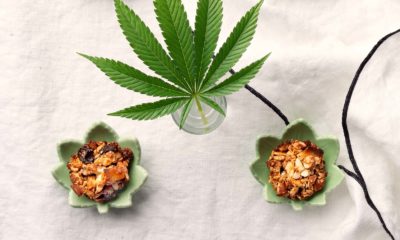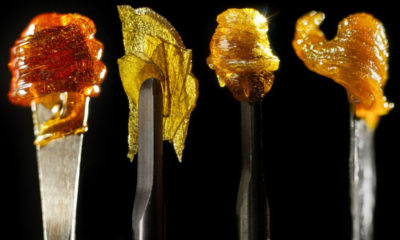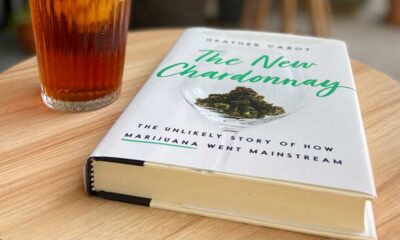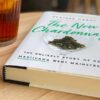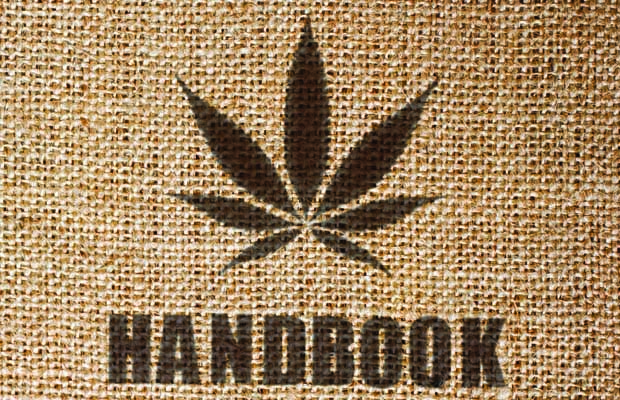
Books
Book Review: ‘The Handbook of Cannabis’
Be forewarned: this massive collection of up-to-date medical and scientific research on cannabis is not for the faint of heart. Raphael Mechoulam, the Israeli chemist responsible for isolating and elucidating THC in 1964, wrote the foreword for this groundbreaking, objective compilation of work by leading experts from around the globe. Included in a series of handbooks in psychopharmacology, the book — edited by Roger Pertwee — is an exhaustive collection of cannabis information divided into six parts that emphasize a different aspect of known cannabis knowledge.
The first part of “The Handbook of Cannabis” sets the stage for the onslaught of knowledge in the upcoming parts. It provides a look into cannabis’ history through a detailed chronology, thorough insight into international law regarding medical cannabis and detailed explanations of the cultivation process, including the process of selective breeding.
The bulk of information in the book can be found in the second part, which highlights the pharmacology and pharmacokinetics of cannabis. The 11 chapters dedicated to the exploration of known effects of the plant in humans address current established knowledge regarding the beneficial aspects of cannabis and how it interacts with the endocrine system, gastrointestinal tract and the immune system. There is a chapter that extensively covers how the body absorbs, distributes, metabolizes and eliminates the phytocannabinoids as well as the flavonoid and terpenoid constituents that have effects also.
The third, fourth and fifth parts of the book illuminate the current and future potential for cannabis including the pros and cons of self-medicating, the psychosocial implications of dispensaries and compassion clubs and vast data surrounding cannabis’ clinical applications. From the cessation of nausea and vomiting (an area described in the book as an “unmet need” in the medical world) and regulation of food intake to the analgesic properties of THC, readers are given an in-depth overview of just how powerful cannabis can be — if given the opportunity.
The last part of the book addresses recreational cannabis with content that examines the risks of cannabis and introduces harm minimization strategies including educating the public and decriminalizing cannabis use to reduce harms from prohibition.
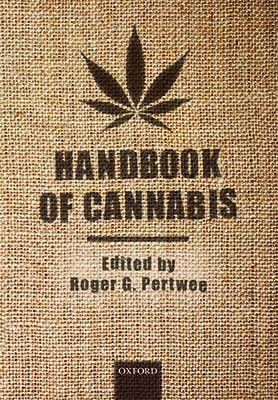
Although this book covers a wide range of topics, it’s still clear that there is an immeasurable amount of research that still must be done if science wants to do more than skim the surface of cannabis’ healing components. To put it into perspective, there are more than 100 known phytocannabinoids that have been identified in the plant yet only 12 have been investigated pharmacologically.
To be frank, this is not what one would categorize as a fun or easy read unless they are titillated by an onslaught of biochemical and clinical terms. Readers who aren’t drawn to technical content may become disinterested in the medical and scientific jargon casually thrown about throughout the collection. However, this is a fascinating and enlightening read for those readers who enjoy the challenges and triumphs of digesting scholarly, highly-detailed writing.
Originally published in Issue 13 of Cannabis Now. LEARN MORE
TELL US, what weedy reading have you enjoyed this year?



